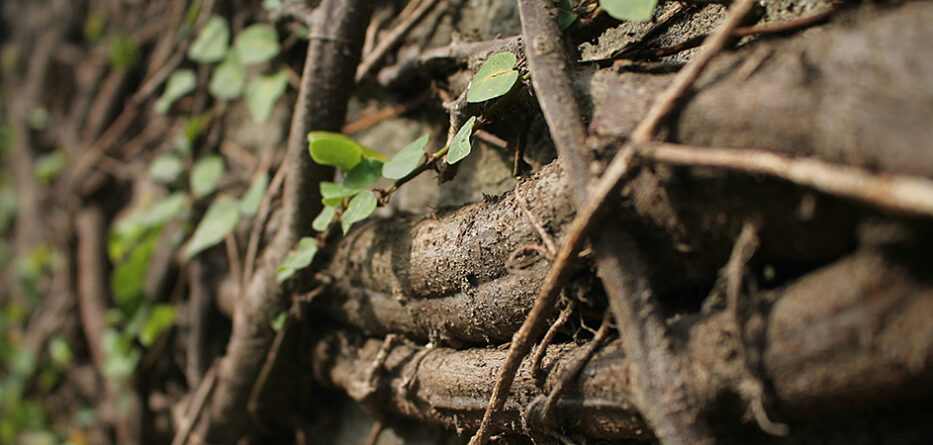Sin begins in the heart but often finds expression in what we do, permeating society, government, and even the Church. The social teachings of the Church show us how to push back against systemic sin.
Catholic Social Teaching pops up everywhere, but often we don’t realize it because we think we are just reading about things like student loan debt, police brutality, Jim Crow laws, or even abuse within the Church itself. Nonetheless, these issues and many others have one thing in common: They are all related to and expressions of “structures of sin.”
These “structures” are built on personal sin that, in turn, can permeate human institutions, making them hard to recognize—much less root out. As the Compendium of the Social Doctrine of the Church (119) states: “These are rooted in personal sin and, therefore, are always connected to concrete acts of the individuals who commit them, consolidate them, and make it difficult to remove them. It is thus that they grow stronger, spread, and become sources of other sins, conditioning human conduct.”
In short, sin begins in the heart, but it does not stay there. It gets expressed in what we do. So the things we create end up reflecting, among other things, the sins that live in our hearts. This isn’t true merely of people who make pornography or manufacturers who produce shoddy products. It suffuses everything we make, especially the globe-spanning political, social, and economic systems we create to dominate the world.
That is why Catholic tradition insists that, in addition to confronting our personal sins, structures of sin must be battled as well, since they exert pressure on us to not repent our personal sins—and they often blind us from even seeing that these structures exist. This is a dynamic that applies in all institutions and must be confronted in all institutions—even the Church, as the clerical sexual abuse scandal abundantly illustrates.
To continue reading this article, click here.
With thanks to St Anthony Messenger, where this article originally appeared.








